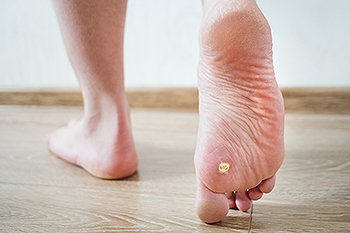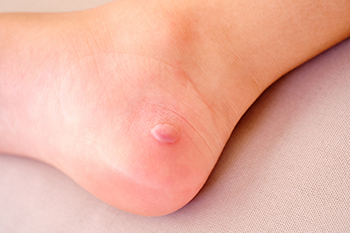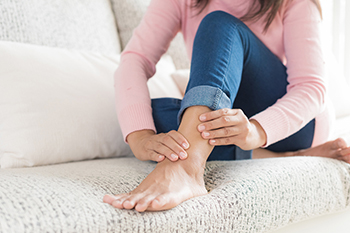
When you stub your toe, the immediate pain and discomfort can be intense. Distinguishing between a minor injury and a more serious condition is essential for appropriate treatment. The first thing to do is to observe the toe for signs of trauma such as swelling, bruising, or deformity. Minor swelling and discomfort are common after stubbing your toe and usually subside with time. However, if the pain is severe and persists beyond a few hours, or if you notice significant swelling or bruising, it may indicate a more severe injury such as a fracture or dislocation. Pay attention to changes in movement and sensation as well, and if you find it difficult to move the toe or experience numbness or tingling, it could signify nerve damage or a more serious injury. Additionally, if the toe appears misaligned or if you notice an open wound, seek medical attention promptly. If you have stubbed your toe, and are experiencing persistent pain or discomfort, it is suggested that you consult a podiatrist for a proper diagnosis and treatment.
Toe pain can disrupt your daily activities. If you have any concerns, contact one of our podiatrists of Westside Podiatry Center, LLP. Our doctors can provide the care you need to keep you pain-free and on your feet.
What Causes Toe Pain?
Most severe toe pain is caused due to a sports injury, trauma from dropping something heavy on the toe, or bumping into something rigid. Other problems can develop over time for various reasons.
Toe pain can be caused by one or more ailments. The most common include:
- Trauma
- Sports injury
- Wearing shoes that are too tight
- Arthritis
- Gout
- Corns and calluses
- Hammertoe
- Bunions
- Blisters
- Ingrown toenails
- Sprains
- Fractures (broken bones)
- Dislocations
When to See a Podiatrist
- Severe pain
- Persistent pain that lasts more than a week
- Signs of infection
- Continued swelling
- Pain that prevents walking
Diagnosis
In many cases the cause of toe pain is obvious, but in others, a podiatrist may want to use more advanced methods to determine the problem. These can range from simple visual inspections and sensation tests to X-rays and MRI scans. Prior medical history, family medical history, and any recent physical traumatic events will all be taken into consideration for a proper diagnosis.
Treatment
Treatments for toe pain and injuries vary and may include shoe inserts, padding, taping, medicines, injections, and in some cases, surgery. If you believe that you have broken a toe, please see a podiatrist as soon as possible.
If you have any questions please feel free to contact one of our offices located in Liverpool, Camillus, Skaneateles, Oswego, and Cicero, NY . We offer the newest diagnostic tools and technology to treat your foot and ankle needs.





